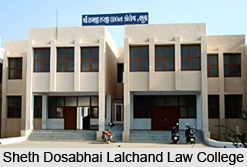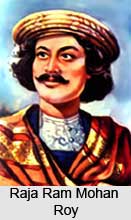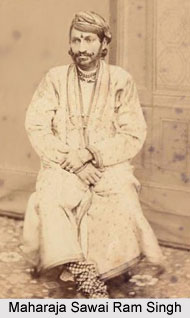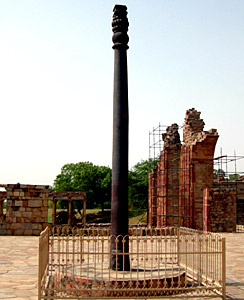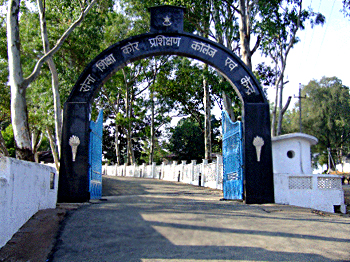Development of Education in India has attained new level essentially after the independence of the country. India is a developing nation and it has been expanding is every field. Development of education in India brought about a transformation and the concept of education got modified. Literacy rate has increased from around 3% in 1880 to around 65% in 2001. According to the 2011 Census, the Literacy Rate is recorded to be around 74%. All levels of education in India, from primary to higher education portray a challenge. India got well-known educational institutions such as the IITs, IISc, IIMs, NITs, AIIMS, ISI, JU, BITS, and ISB. The higher education system of India is the third largest in the world, after China and the United States.
Development of education in India regards that free and compulsory education should be provided to all children up to the age of 14. Moreover, the 86th Amendment of the Indian constitution makes education a fundamental right for all children aged 6-14 years.
Online Education in India
The development of education has travelled a long way and thus Indian education system introduced certain advantageous system such as online education In India. Online education is a system of education training which is delivered primarily via the Internet to students at remote locations. The Online courses may not be delivered in a synchronous manner. Online education enables the students to opt for many online degrees or courses from various universities. This course has various advantages, as pursuing an online course can be done simultaneously with one`s present occupation. Moreover, an online degree assists in increasing the career prospects
Non-formal education in India
Non-formal system of education in India has become part of the international discourse on education policy in the late 1960s and early 1970s. Non formal education refers to the learning process throughout life. In addition to that non-formal education is about acknowledging the importance of education, learning and training which takes place outside recognised educational institutions. There are four characteristics associated with non formal education system. This system is a proof for the Development of education in India as this system helps to focus on clearly defined purposes
Distant Education in India
In the modern times, students are provided with extensive scope and courses to choose from and they enjoy the opportunity of selecting the required field. The system of Distant Education in India is becoming increasingly popular. The students choosing distance learning process are benefited with the modern pattern followed. The availability of distance learning courses has assured that a person can pursue education from any state or university accordingly. Development of education in India ensures that all Indian citizens will receive education in spite of financial constrains or unavailability of colleges and schools.
Several institutes and universities have mushroomed in the recent past to accommodate more students. With increased investments in the educational sectors, more students are going for higher education. But still there are several challenges that are required to be overcome in order to attain Development of Education in India, in the true sense.

